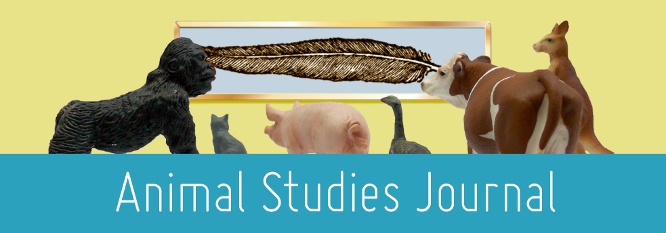Home > assh > ASJ > Vol. 6 (2017) > No. 2

Abstract
As the need for animal sanctuaries continues to grow, and the numbers of species being housed increases, there is a desire from both current and future sanctuaries for guidance. Guidance from those with experience in the sanctuary, ethics, and animal welfare communities is important and helpful to the founders of new sanctuaries as well as current sanctuaries that may struggle with their identity. I will discuss some of the many definitions of sanctuary, and encourage organizations to consider which definition is the best fit for them. The ethos and philosophy a sanctuary embraces are likely to guide best practices, and sanctuaries are encouraged to consider how this affects their daily operations. More broadly, there are many individuals concerned with the best way to care for animals in need of sanctuary and the information contained in the article will highlight some of these issues. I provide examples from Chimp Haven, a large chimpanzee sanctuary in the United States, as to how we approach and struggle with some of these issues as well as considering them in a broader context.
Recommended Citation
Fultz, Amy, A Guide for Modern Sanctuaries with Examples from a Captive Chimpanzee Sanctuary, Animal Studies Journal, 6(2), 2017, 9-29.Available at:https://ro.uow.edu.au/asj/vol6/iss2/3
Included in
Art and Design Commons, Australian Studies Commons, Creative Writing Commons, Digital Humanities Commons, Education Commons, Feminist, Gender, and Sexuality Studies Commons, Film and Media Studies Commons, Fine Arts Commons, Philosophy Commons, Social and Behavioral Sciences Commons, Theatre and Performance Studies Commons

